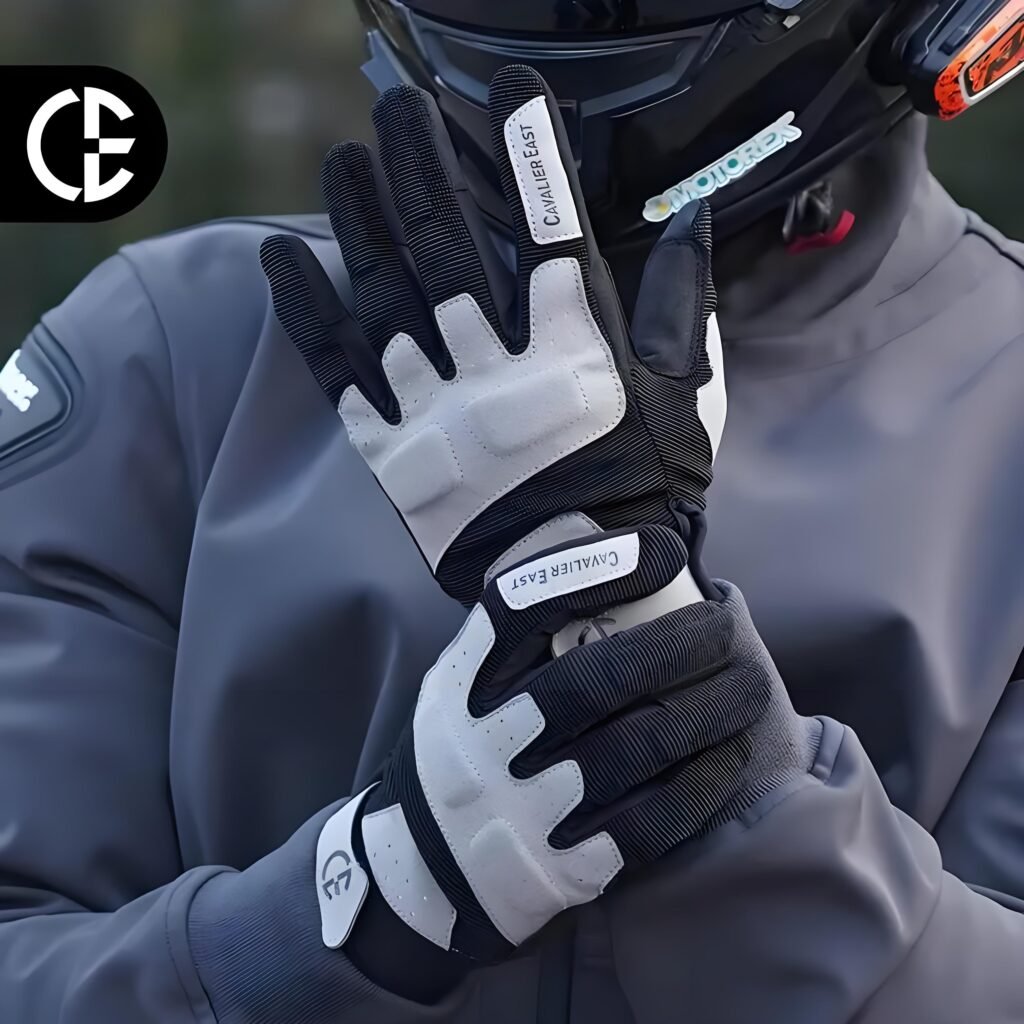Title: The Art and Science of Sewing PVC Patches onto Motorcycle Gloves
Introduction
Motorcycle gloves are not just a fashion accessory; they are a crucial piece of protective gear for riders. They provide the necessary grip, warmth, and protection against the elements. However, customization and personalization have become increasingly popular in the motorcycle community, with riders looking to add unique touches to their gear. One such customization is the addition of PVC patches, which not only enhance the aesthetic appeal of the gloves but also serve as a means of self-expression. In this article, we will delve into the art and science of sewing PVC patches onto motorcycle gloves, exploring the process, the materials involved, and the benefits of this customization.

The Importance of Motorcycle Gloves
Before we dive into the specifics of sewing PVC patches, it’s essential to understand the importance of motorcycle gloves in the first place. Motorcycle gloves are designed to protect riders’ hands from the wind, rain, and debris that they encounter while riding. They also provide additional grip on the handlebars, reducing the risk of slips and accidents. Furthermore, motorcycle gloves can help to reduce vibration and fatigue in the hands, making for a more comfortable ride.
What are PVC Patches?
PVC patches are a type of emblem or badge that is made from polyvinyl chloride, a durable and weather-resistant material. These patches are often used to add a personal touch to clothing, bags, and other accessories. In the context of motorcycle gloves, PVC patches can be used to display a rider’s club logo, a favorite saying, or even a custom design. The versatility of PVC patches makes them a popular choice for motorcycle enthusiasts looking to customize their gear.
Materials Needed for Sewing PVC Patches onto Motorcycle Gloves
To successfully sew a PVC patch onto a motorcycle glove, you will need the following materials:
- PVC patch of your choice
- Motorcycle glove(s)
- Sewing machine or needle and thread
- Scissors
- Measuring tape
- Pins (optional)
- Sewing chalk or pen (optional)
Preparing the Glove and Patch
Before you begin sewing, it’s important to prepare both the glove and the patch. Start by measuring the area on the glove where you want to place the patch. Use the measuring tape to ensure that the patch will fit perfectly in the desired location. Next, use sewing chalk or a pen to mark the outline of the patch on the glove. This will help you to sew the patch on straight and evenly.
Now, turn your attention to the PVC patch. If the patch has a plastic backing, you may need to remove it before sewing. This can usually be done by carefully peeling the backing off or using a pair of scissors to gently cut it away. Once the backing is removed, you’re ready to start sewing.
Sewing the PVC Patch onto the Glove
With your materials prepared and the glove and patch ready to go, it’s time to start sewing. If you’re using a sewing machine, set it to a medium stitch length and begin sewing along the edge of the patch. Be sure to sew slowly and carefully, ensuring that the stitch is even and secure. If you’re sewing by hand, use a needle and thread to carefully stitch along the edge of the patch, making sure to keep the stitches close together for added durability.
As you sew, you may find it helpful to use pins to hold the patch in place on the glove. This will prevent the patch from shifting as you work. However, be careful not to pierce the PVC patch with the pins, as this could damage the material.
Finishing Touches
Once you’ve sewn around the entire edge of the patch, it’s time to add some finishing touches. First, trim any excess thread from the stitching. Then, inspect the patch to make sure it is securely attached to the glove. If necessary, you can add additional stitches to reinforce the patch.
Finally, admire your work! The PVC patch should now be securely sewn onto the motorcycle glove, adding a personal touch and a bit of flair to your riding gear.
Benefits of Sewing PVC Patches onto Motorcycle Gloves
There are several benefits to sewing PVC patches onto motorcycle gloves. First and foremost, it allows riders to personalize their gear, making it unique and reflective of their personality. Additionally, PVC patches can serve as a means of identification, allowing riders to show their affiliation with a particular club or group.
Furthermore, PVC patches are durable and weather-resistant, meaning they can withstand the elements that riders encounter on the road. This ensures that the patch will remain securely attached to the glove and continue to look great for years to come.
Conclusion (This is just the conclusion part, and you can continue to expand the article based on the outline provided.)
In conclusion, sewing PVC patches onto motorcycle gloves is a fun and creative way for riders to personalize their gear and express themselves. With the right materials and a bit of patience, anyone can add a unique touch to their motorcycle gloves. Whether you’re a seasoned rider or a newcomer to the motorcycle community, consider adding a PVC patch to your gloves to showcase your individuality and make a statement on the road.
This is just a small part of the article, but it should give you a good starting point. You can expand on each section, adding more details, examples, and perhaps even some personal anecdotes or interviews with motorcycle enthusiasts who have customized their gloves with PVC patches. Good luck with your writing!


